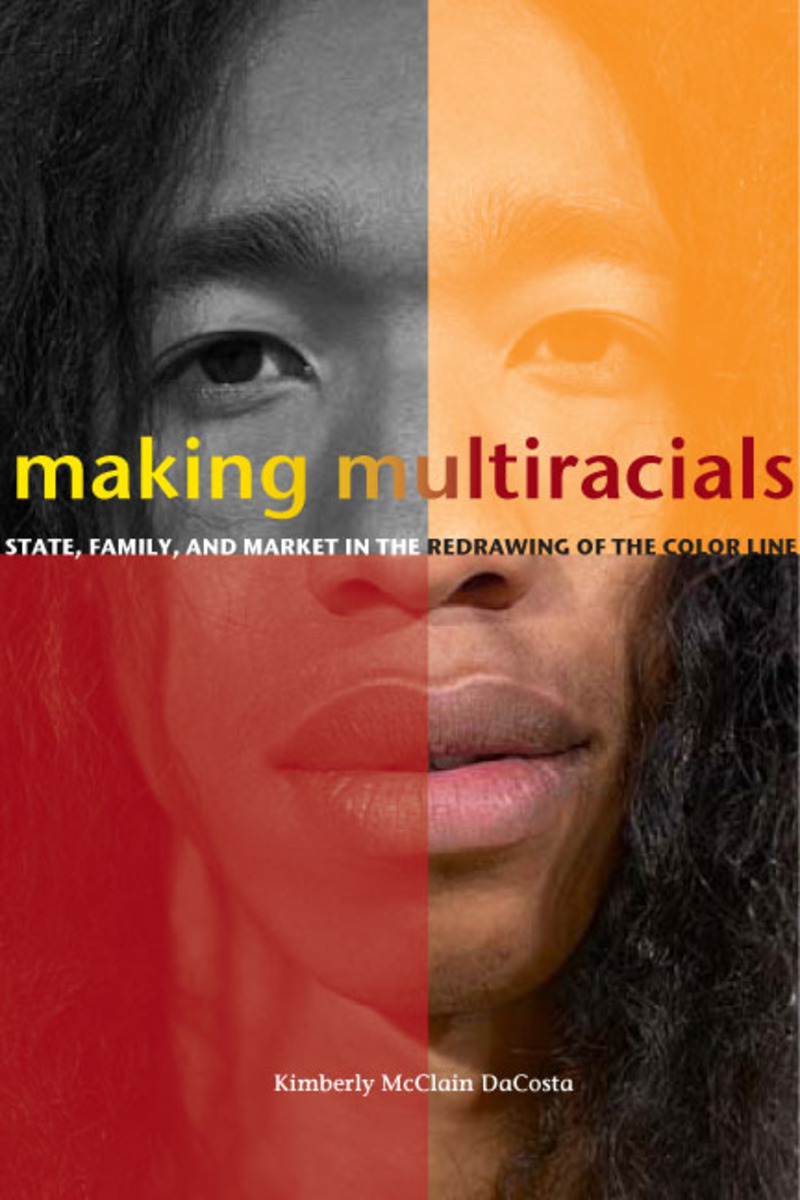The Woman of Colour
Broadview Press
2007-01-01
268 pages
Paperback ISBN: 9781551111766 / 1551111764
Written by: Anonymous
Edited by:
Lyndon J. Dominique, Assistant Professor of English
Lehigh University, Bethlehem, Pennsylvania

The Woman of Colour is a unique literary account of a black heiress’ life immediately after the abolition of the British slave trade. Olivia Fairfield, the biracial heroine and orphaned daughter of a slaveholder, must travel from Jamaica to England, and as a condition of her father’s will either marry her Caucasian first cousin or become dependent on his mercenary elder brother and sister-in-law. As Olivia decides between these two conflicting possibilities, her letters recount her impressions of Britain and its inhabitants as only a black woman could record them. She gives scathing descriptions of London, Bristol, and the British, as well as progressive critiques of race, racism, and slavery. The narrative follows her life from the heights of her arranged marriage to its swift descent into annulment and destitution, only to culminate in her resurrection as a self-proclaimed “widow” who flouts the conventional marriage plot.
The appendices, which include contemporary reviews of the novel, historical documents on race and inheritance in Jamaica, and examples of other women of colour in early British prose fiction, will further inspire readers to rethink issues of race, gender, class, and empire from an African woman’s perspective.
Table of Contents:
Acknowledgements
Introduction
A Chronology of Women of Color in Drama and Long Prose Fiction
A Note on the Text
The Woman of Colour, A Tale
Appendix A: Lucy Peacock, “The Creole” (1786)
Appendix B: Anonymous Poem “written by a Mulatto Woman” (1794)
Appendix C: Minor Heiresses of Color in British Long Prose Fiction
- From Agnes Musgrave, Solemn Injunction (1798)
- From Jane Austen, Fragment of a Novel (1817)
- From Edmund Marshall, Edmund and Eleonora: or Memoirs of the Houses of Summerfield and Gretton (1797)
- From Robert Bissett, Douglas; or, The Highlander (1800)
- From Mrs. Charles Mathews, Memoirs of a Scots Heiress (1791)
Appendix D: Historical and Social Accounts of People of Color in Jamaica
- From Bryan Edwards, The History, Civil and Commercial, of the British Colonies in the West Indies (1799)
- From Edward Long, The History of Jamaica (1774)
- From J.B. Moreton, West India Customs and Manners (1793)
Appendix E: People of Color in British Epistolary Narratives
- From Richard Griffith, The Gordian Knot (1769)
- From Hester Thrale, “Letter to Mrs. Pennington” (1802)
- From Clara Reeve, Plans of Education (1792)
- John Wesley, “Letter to William Wilberforce” (1791)
Appendix F: The Woman of Colour: Contemporary Reviews
- The British Critic (March 1810)
- The Critical Review (May 1810)
- The Monthly Review (June 1810)
Appendix G: Jamaican Petitions, Votes of the Assembly, and an Englishman’s Will
- From Votes of the Honourable House of Assembly of Jamaica (1792)
- From Andrew Wright’s “Last Will and Testament” (1806)






